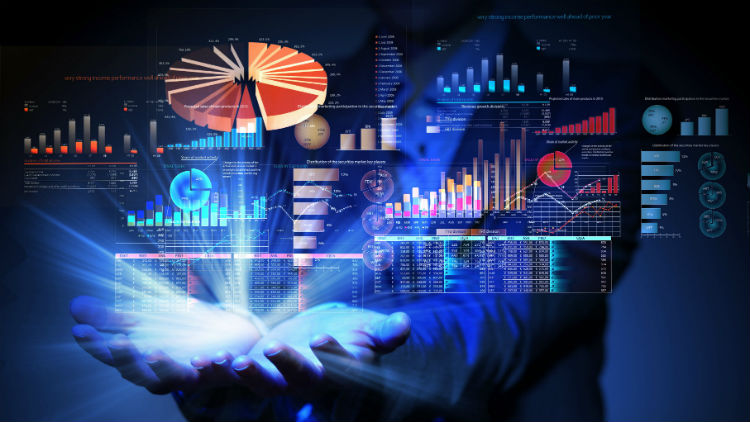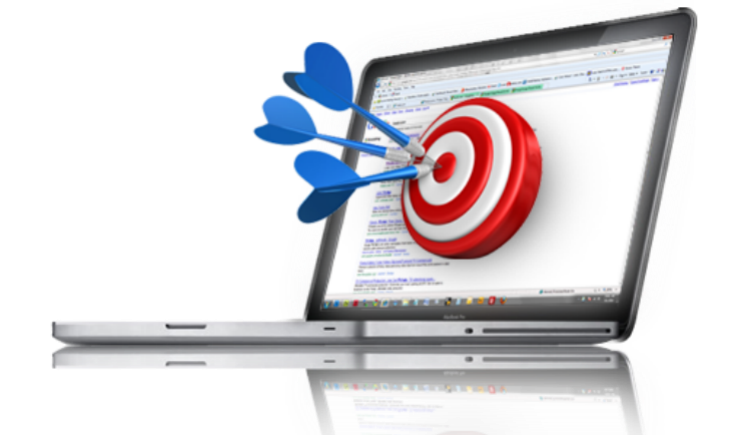Big data is not a buzzword or a concept anymore. Many are spending plenty of time online, and you can access lots of information through the internet. As a result, big data can transform lives and influence various industries such as traffic, healthcare, and the media advertisement sector. It is worth noting that big data has, particularly, influenced the marketing industry meaningfully.

Advertisers are leveraging advanced technologies like machine learning and artificial intelligence to analyze big data and get crucial information. The predictive feature of big data allows marketers to determine consumers’ future behavior. They can use these statistics to adapt their endeavors to it.
Big data allows marketers to understand what consumers do on their websites. Read on to establish how big data is carving the future of the media industry for advertising operations.
Real-time Data Assessment
In the past, an advertising agency could rely on traditional, relational, and scalable database solutions to evaluate and regulate big data sets. However, these methods were slow and took long to execute tasks that usually produced poor results.

Modern big data analytics channels can accomplish complex processes fast, giving way for real-time evaluation and awareness. These advancements allow marketers to make informed decisions in real-time and take the necessary action based on reliable, fresh, and appropriate information.
Increased Targeted and Personalized Advertisements
With big data, a digital advertising agency can target consumers with personalized advertisements that they are more likely to view. Facebook and Google are some of the biggest platforms in the digital space. They have mastered the art of producing and delivering engaging ads without being intrusive.

These ads often feature services and products that consumers may need to better their lives. Often, consumers share their personal data, especially on social media. It is this data that helps advertisement companies determines the type of targeted and personalized ads they display to you.
Hyper-localized Advertising
The increasing use of mobile gadgets has enabled digital advertisers to generate mobile-specific ads to the right people at the appropriate time. Through combining location and social data, stores can identify consumers within their proximity and send out adverts offering percentage discounts, for example. Doing so can convince shoppers to visit the store to enjoy the offers.

Hyper-localized advertising increases customer engagement and boosts conversion rates. However, some customers may be annoyed by finding out that the advertising companies know their location in real-time. In this case, advertisers should come up with effective agreements to maintain effectiveness in their ads without violating the privacy of their consumers.
Audience Indicators
As media companies and publishers embark on their data-based journeys, they are using big data to generate the appropriate content for suitable people on the ideal platform at the perfect time.

Advertisers and media companies can extract the big data available today to determine customer demands in terms of movies, content, or movies. Experts opine that data acquired according to customer behaviors through social media usually indicates neglected factors that can drive customer interest.
Today, consumers can leverage any of the numerous channels available like streaming media, on-demand, subscription-based, and pay per view. A big percentage of content is delivered through multiple digital channels, which allows media houses to gather, evaluate, and illustrate user data effectively.
For example, movie generating channels can evaluate the amount of viewership data to determine what their consumers prefer. By so doing, they can come up with effective strategies to personalize their content to meet customer demands.
Acquisitions and Mergers
In the digital-based advertising realm, more corporate acquisitions and mergers will occur. These will help companies to gain the strength and expertise they need to compete with the giants. In the future, only the firms that have robust tools, talent, and infrastructure will survive in an overly competitive market. Currently, digital advertising makes up 25% of the total advertising amount spent. The full effect of big data will occur in the future when advertising will be entirely data-driven.
Finally
Big data can help determine customer behavior and create multiple targeted advertising opportunities in the media industry. With analytics, media companies can establish customer demands fast and personalize their services accordingly. Big data provides an environment that highlights customer experiences. Players in the media advertising industry must understand that the end-user experience they offer determines their success.


